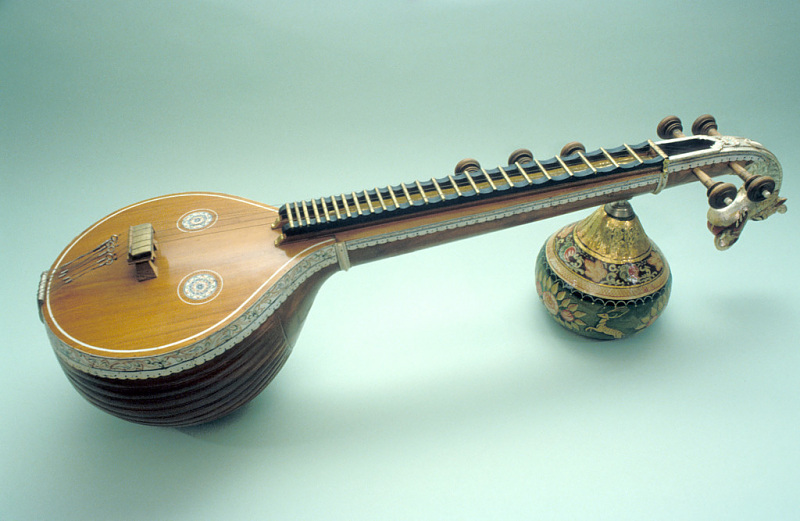Tamisie: Ancient Stringed Instrument Originating from Asia

In the vast symphony of ancient musical traditions, the Tamisie emerges as a hidden gem, a stringed instrument with roots deeply embedded in the rich cultural tapestry of Asia. Its history resonates through centuries, weaving a melodious narrative that speaks of craftsmanship, tradition, and the power of music to transcend time. This article delves into the Tamisie: Ancient Stringed Instrument Originating from Asia, shedding light on a musical heritage that continues to captivate enthusiasts and scholars alike.
Origins and Historical Significance:
The Tamisie traces its origins to ancient Asia, where it found its place among the diverse musical instruments that enriched the cultural landscapes of civilizations such as the Chinese, Indian, Persian, and Central Asian cultures. While precise details regarding its inception remain elusive, historical references suggest that the Tamisie gained prominence during the medieval period, where it played a pivotal role in courtly music, religious ceremonies, and communal celebrations.
The instrument’s name, Tamisie, is believed to have linguistic roots in ancient Sanskrit, signifying its connection to the Indian subcontinent. Over the centuries, the Tamisie spread its wings across Asia, adapting to local musical traditions and evolving in form and function.
Construction and Design:
The Tamisie boasts a distinctive design that sets it apart from other stringed instruments. Traditionally crafted with meticulous attention to detail, its body consists of a resonating chamber, a soundboard, and a neck, all meticulously carved from a variety of tonewoods. The resonating chamber, often adorned with ornate carvings and intricate inlays, contributes to the instrument’s unique tonal qualities.
The Tamisie typically features three to five strings, each meticulously tuned to produce a harmonious blend of notes. The strings, traditionally made from materials like silk, gut, or metal, are stretched across the soundboard and anchored to pegs located on the neck. The neck itself is adorned with frets, allowing the musician to produce a wide range of pitches and melodies.
One of the Tamisie’s distinctive features is its use of sympathetic strings, which run parallel to the main strings and vibrate sympathetically, enhancing the instrument’s resonance and creating a mesmerizing, ethereal quality to the sound produced.
Cultural Significance:
Throughout history, the Tamisie has been deeply intertwined with the cultural and social fabric of the regions it touched. In ancient China, it was revered as a symbol of refinement and scholarly pursuits, often associated with Confucian rituals and courtly ceremonies. In India, the Tamisie found its place in classical music traditions, becoming an integral part of performances and religious observances.
Persian poets and musicians celebrated the Tamisie for its ability to convey complex emotions, with its hauntingly beautiful tones echoing through the halls of palaces and the crowded bazaars alike. In Central Asia, nomadic cultures incorporated the instrument into their storytelling traditions, using its melodies to recount tales of heroic deeds and epic adventures.
Evolution and Adaptation:
As the Tamisie journeyed across continents, it underwent various adaptations, incorporating regional influences and undergoing modifications to suit diverse musical styles. In China, for example, regional variations like the Guqin and Guzheng share similarities with the Tamisie but have distinct characteristics that reflect the nuances of Chinese music.
In India, the Tamisie’s counterpart is often identified as the Sarod, a stringed instrument with a metal fingerboard and a resonator covered with goatskin. Both instruments share a common ancestry, yet they have evolved independently, contributing to the rich tapestry of musical diversity in the subcontinent.
Revival and Contemporary Interest:
While the Tamisie’s popularity waned during certain periods of history, a renewed interest in traditional and ancient musical instruments in recent decades has sparked a revival of this enchanting stringed instrument. Musicians, scholars, and enthusiasts are rediscovering the Tamisie, recognizing its unique tonal qualities and historical significance.
Contemporary artists are experimenting with the Tamisie, incorporating it into modern compositions and collaborations that bridge the gap between ancient traditions and contemporary expressions. The instrument’s versatility allows it to seamlessly integrate into various genres, from classical and folk to experimental and fusion.
Conclusion:
The Tamisie stands as a testament to the enduring power of music to transcend time and connect generations. Its ancient melodies, once played in the courts of emperors and the sacred spaces of temples, continue to resonate in the hearts of those who seek to explore the depths of musical heritage.
As we delve into the history and craftsmanship of the Tamisie, we uncover not just an ancient instrument but a living testament to the creativity, ingenuity, and cultural diversity of the peoples who embraced it. In a world where technology often dominates the sonic landscape, the Tamisie reminds us of the timeless beauty found in the vibrations of finely tuned strings and the stories they carry across the ages.




